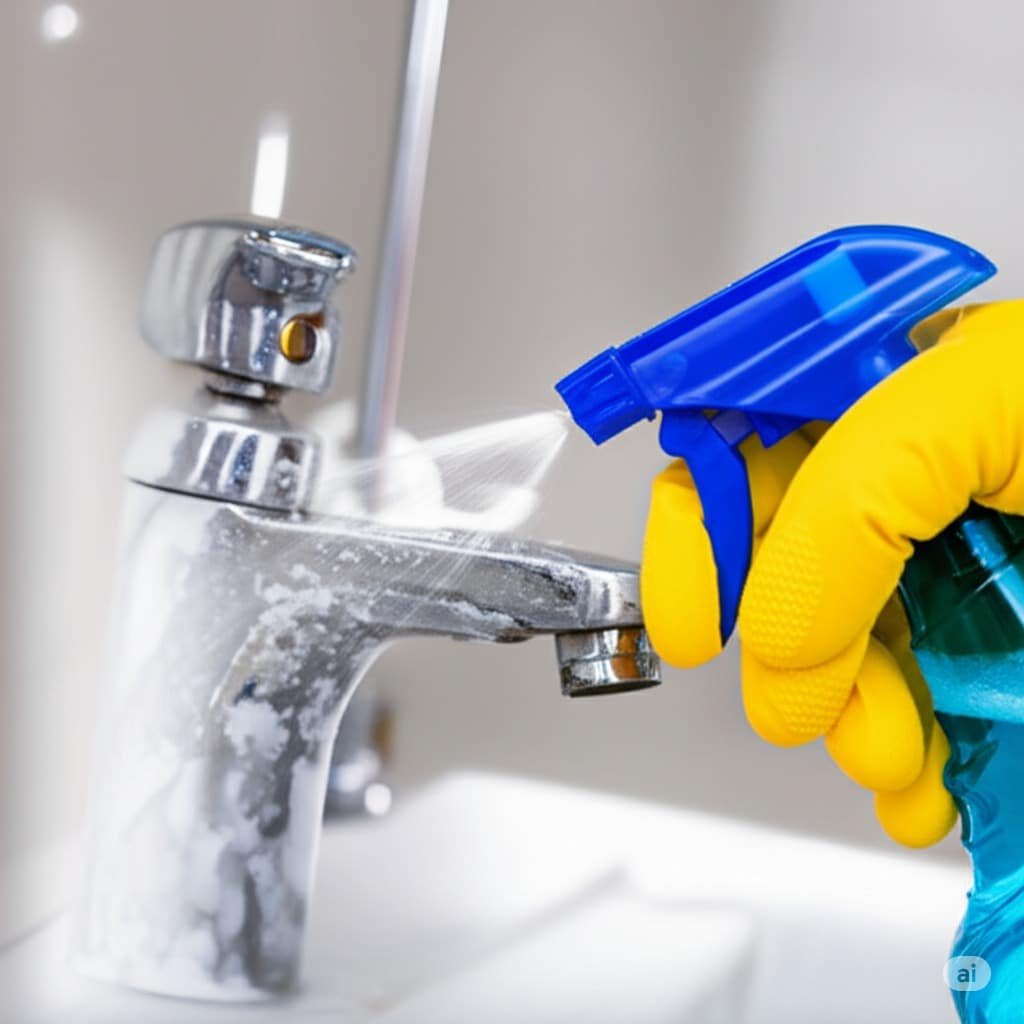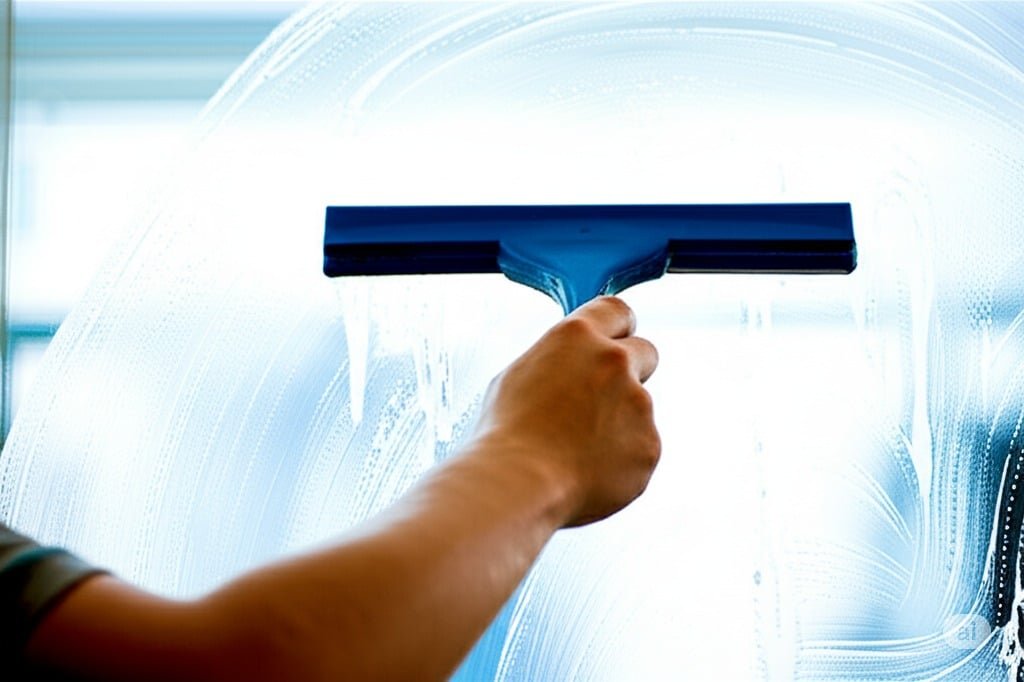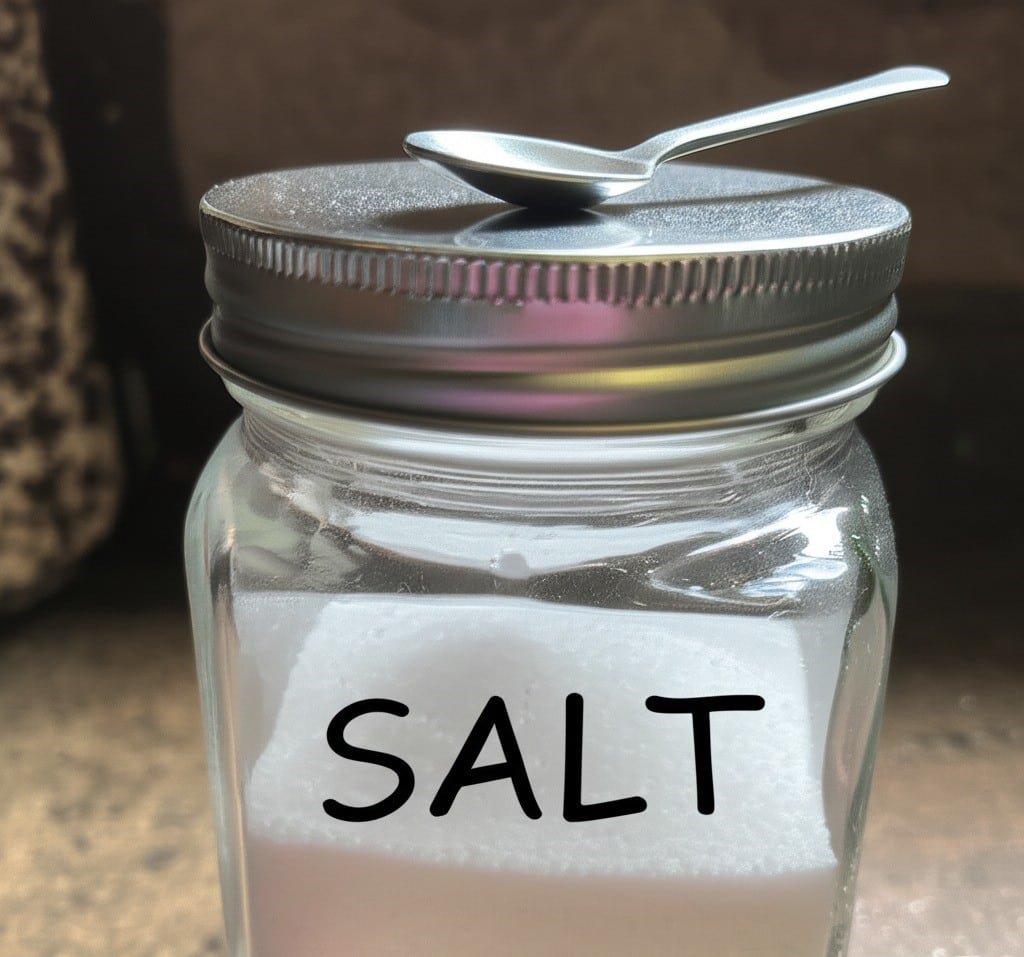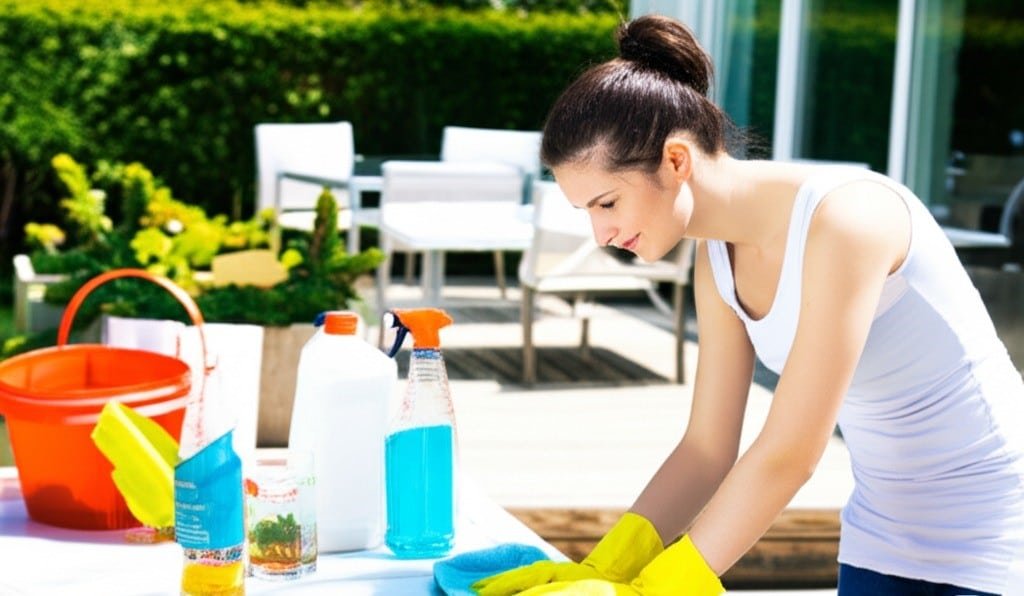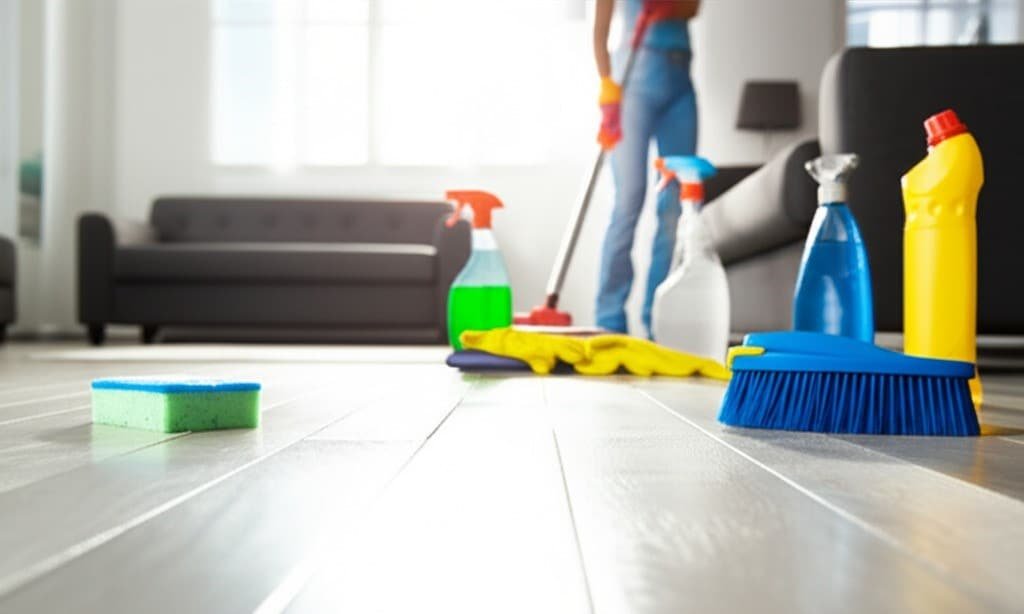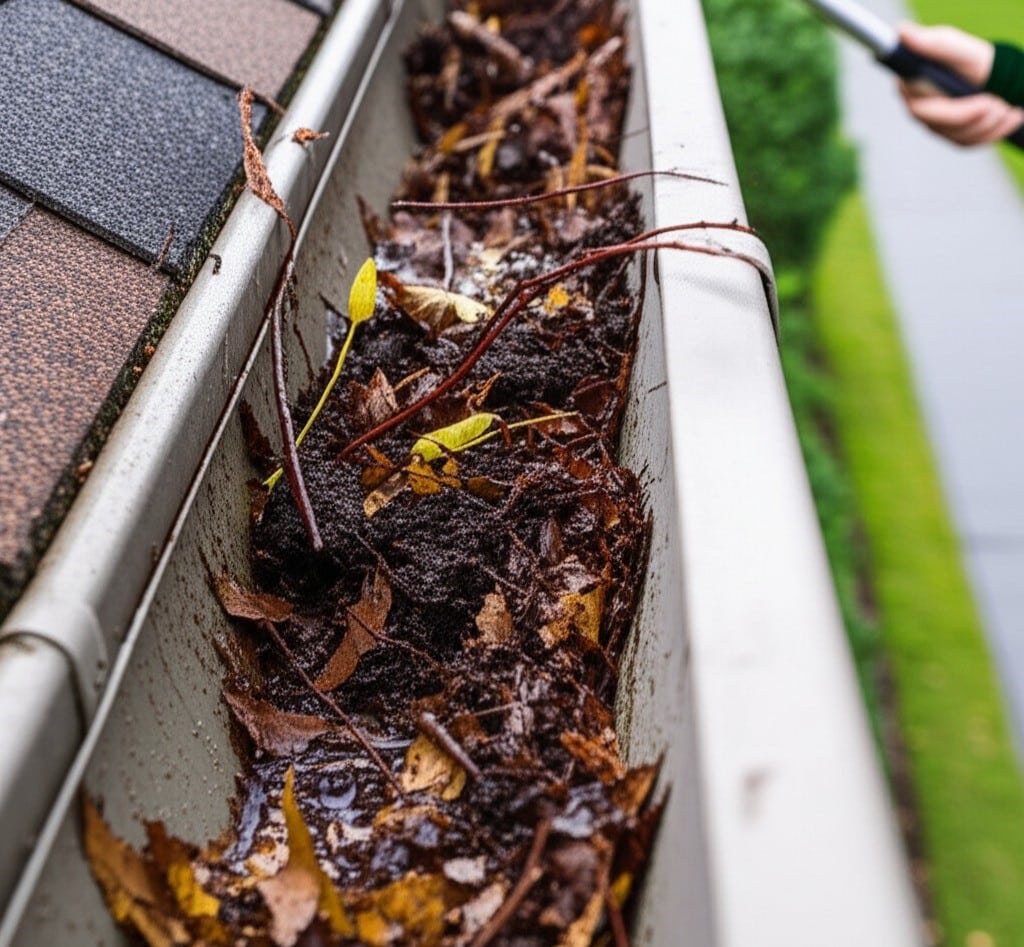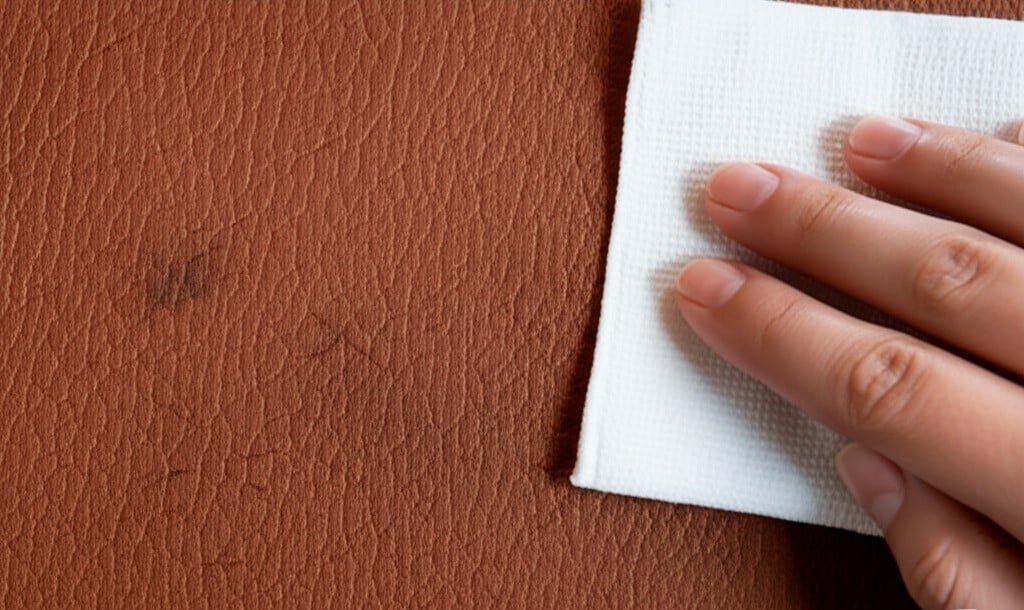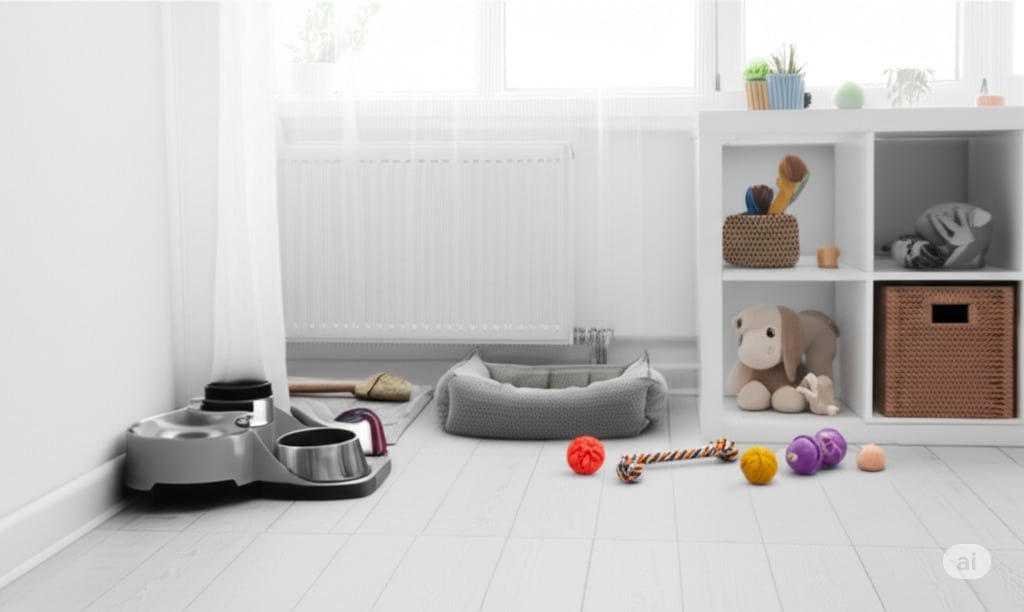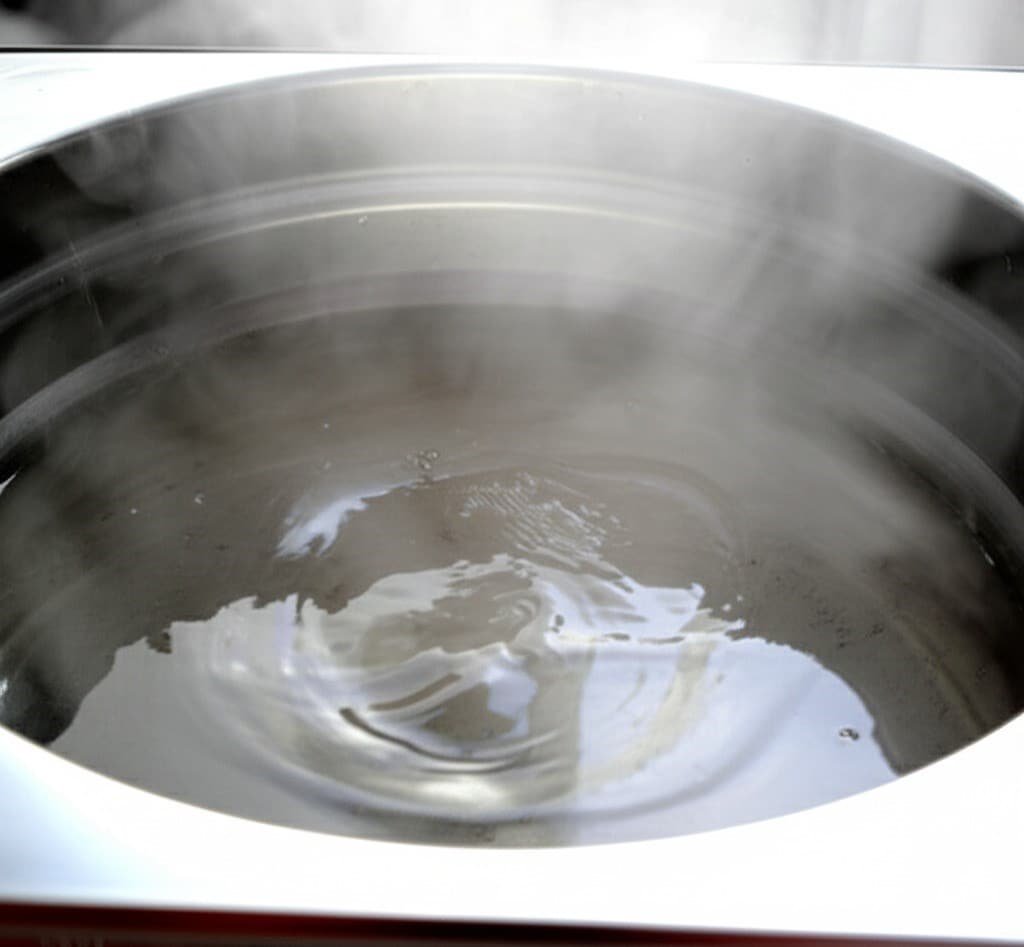How to Keep Your Shower Walls Shining – 5 Best Tips You Need to Know
Dealing with dirty shower walls is a common household challenge. Over time, these surfaces accumulate a variety of residues, from soap scum and hard water minerals to mold and mildew, diminishing the overall cleanliness and appeal of your bathroom. Understanding what causes these issues and how to address them effectively can transform your shower from a source of frustration into a sparkling clean space. 1.Mold and Mildew The main culprits for dirty shower walls are soap scum, hard water stains, and biological growths like mold and mildew. Soap scum is a reaction between the fatty acids in bar soap and minerals in tap water, such as calcium and magnesium. This reaction forms an insoluble, sticky, and often grayish or whitish film that adheres tightly to shower surfaces. If left untreated, layers of soap scum can build up on shower walls, becoming increasingly difficult to remove. Hard water stains, on the other hand, are mineral deposits left behind as water evaporates. They usually appear as chalky white spots or a cloudy film, particularly noticeable on darker tiles or glass. Calcium carbonate and magnesium carbonate are the main components of these deposits. Mold and mildew are fungi that thrive in warm, humid environments with poor air circulation, making showers an ideal breeding ground for them. Mold usually appears as a superficial, powdery growth, while mildew can penetrate deeper and present as black, green, or even pink spots, often in grout lines or corners. These spots are not only unsightly, but can also cause health problems for some people. Before beginning the cleaning process, proper preparation is essential for both effectiveness and safety. Start by clearing the shower area of all items. Remove shampoo bottles, conditioner, body wash, loofahs, razors, and any other accessories. This gives you unobstructed access to all wall surfaces. Next, gather your cleaning supplies. You will need a suitable cleaning solution, which could be a homemade mixture or a commercial product, contained in a spray bottle if it’s a liquid. Arm yourself with appropriate tools for scrubbing, such as non-abrasive sponges, soft cloths, microfiber towels, or scrub brushes with varying bristle stiffness depending on your wall material. An old toothbrush or a specialized grout brush is invaluable for cleaning grout lines. For rinsing, your showerhead will suffice, or you can use a bucket of water. Protecting yourself is also crucial. Wear waterproof gloves to shield your hands from cleaning agents and grime. Consider safety glasses to protect your eyes from splashes, especially when using spray cleaners or dealing with strong chemicals. Ensure good ventilation in the bathroom by turning on the exhaust fan, opening a window, or both. This helps to dissipate fumes from cleaning products and aids in drying. Choosing the right cleaner depends on the type of grime you are tackling and the material of your shower walls. For general cleaning and tackling soap scum and mild hard water stains, a solution of equal parts white vinegar and warm water is often effective. The acetic acid in vinegar helps to dissolve soap scum and mineral deposits. For more scrubbing power, particularly on tougher soap scum, a paste made from baking soda and a small amount of water can be used as a mild abrasive. Another popular homemade option involves mixing white vinegar with a squirt of liquid dish soap; the dish soap helps to cut through grease and allows the vinegar to cling better to vertical surfaces. For mold and mildew, hydrogen peroxide can be sprayed directly onto affected areas and allowed to sit. 2.Specific Products For Shower Walls If you opt for commercial cleaners, many products are available, formulated specifically for bathrooms. There are cleaners designed to target soap scum, others for hard water stains, and some that focus on killing mold and mildew. All-purpose bathroom cleaners can also be effective for regular maintenance. Always read the product label carefully, paying attention to the instructions for use, recommended dwell times, and any safety warnings. It is particularly important to check if a commercial cleaner is safe for your specific shower wall material. The material of your shower walls determines the types of cleaning products and tools you can safely use. Ceramic and porcelain tiles are generally very durable and can withstand most cleaning agents and vigorous scrubbing. However, the grout between tiles is porous and can stain or corrode if repeatedly treated with harsh or acidic cleaners. Fiberglass and acrylic shower surrounds are more sensitive; they can be scratched by abrasive cleaners or harsh cleaning tools, such as steel wool or stiff-bristled brushes. For these surfaces, opt for non-abrasive cleaners and soft sponges or cloths. Natural stone tiles, such as marble, granite, limestone or travertine, require special care. These materials are often porous and can be corroded or damaged by acidic cleaners, such as vinegar or lemon juice, as well as harsh alkaline cleaners, such as bleach. For natural stone, it is best to use pH-neutral cleaners that are specifically designed for stone surfaces. Always test any new cleaning product on a small, inconspicuous area first to ensure it won’t damage or discolor the material on your shower walls. 3.Timing The Time Once prepared and with your chosen cleaner ready, you can begin the cleaning process. Start by wetting the shower walls with warm water using the showerhead or a cup. This initial rinse helps to loosen surface dirt and allows the cleaner to adhere more effectively. Next, apply your cleaning solution. If using a spray, apply it generously to all wall surfaces, starting from the top and working your way down. This method prevents streaks and ensures that dirty solution doesn’t run over already cleaned areas. Allow the cleaner to dwell on the walls for the recommended time – this is a critical step. For mild cleaning, 5-10 minutes might be sufficient, but for heavy soap scum or mildew, you may need to let the cleaner sit for 15-30 minutes, or even longer for some commercial products. Dwell time allows the active ingredients in
How to Keep Your Shower Walls Shining – 5 Best Tips You Need to Know Read More »

